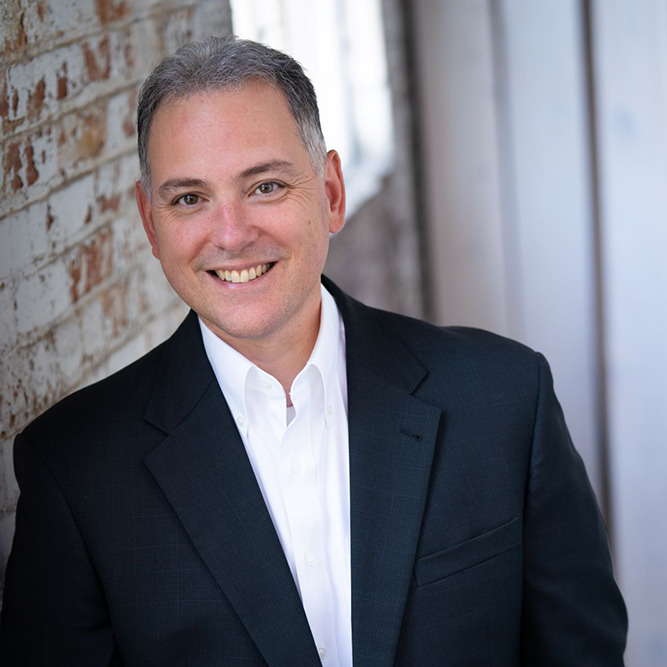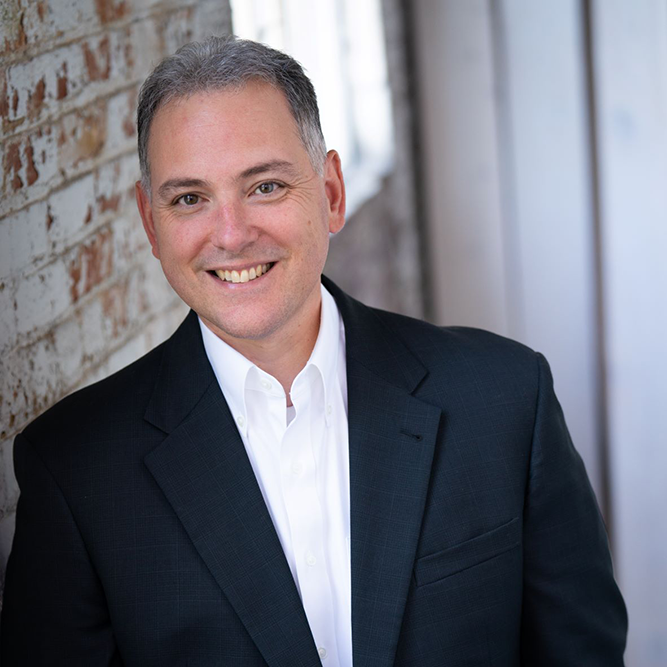

Vizzoca's Viewoint
With Nick Vizzoca - President, Healthcare Council of Western Pennsylvania
Quiet Quitting Becomes Deafening Roar
Many of us saw it live or online after it happened. Damar Hamlin suffered a major, life-threatening cardiac event making a routine tackle during the Buffalo Bills versus Cincinnati Bengals football game. It was apparent to everyone the rapid response of the on- and off-field medical teams played a crucial role in the difference between life and death for the young man.
Those medical personnel were doing the maximum, not the minimum. Some of us, however, may not get that maximum response for our health care needs, especially today when many of our medical professionals are feeling the enormous burden of care and, to borrow a phrase, quiet quit. Quiet quitting is running rampant across all industries, and health care is not immune to it.
First introduced in the general corporate ecosystem, it essentially means employees come to work but are unengaged emotionally or intellectually. They don’t really quit; they just mail it in. Industries across the spectrum point to a lack of willingness among staff to pick up extra shifts or do more than the bare minimum. While it can be an annoyance in an office job, it’s a potentially life-threatening catastrophe at the direct-care level in a hospital or nursing home.
To be sure, some say quiet quitting isn’t really quitting, but rather a purposeful reallocation of a person’s focus and commitment. To some, quiet quitting means the person is setting their own boundaries — helping them say “no” to the things they perceive that don’t matter to them and “yes” to the tasks they deem important. That sounds reasonable on the surface, but it’s a thin line.
Doing the minimum in health care is not acceptable. No one gets into the health care profession with the notion of doing it half-way or giving a half effort. They get into the profession because they are a special breed of person with a unique caring strand of DNA others just don’t possess.
In health care, this phenomenon of quiet quitting has only worsened. According to a Gallup poll in April 2021, 34% of U.S. employees were actively engaged at work in 2021, compared to only 32% in 2022, with health care seeing the largest decay in employee engagement. Health care industry scores dropped a whopping nine points year-over-year.
Quiet quitting spells potential trouble for patient care. The challenge for health care leaders is to work together to address the issues with meaningful strategies and solutions — even launching, leveraging and harnessing deeper patient experience data, for example, to understand the trend lines. More money might not be the answer, either. It might just kick the can down the road if empathetic listening and new ideas around emotional and intellectual engagement cannot be genuinely strengthened.
Take countries. It’s often reported happy countries are not the wealthiest, but they are the healthiest emotionally, mentally and intellectually. It’s about support, community and empathy, not money. People quiet quit because their employer doesn’t listen and, yes, they need a paycheck, but if it were truly about the money, people would want to better themselves for a better-paying job. People quit quietly because they are miserable, not happy.
Because of the post-pandemic financial headwinds facing U.S. hospitals, they have implemented staff reductions and other cost-cutting measures. Those types of actions, in turn, load up the remaining workforce and ultimately impact the care patients receive.
Across the country, including right here in Pennsylvania, it will be critical to the current and emerging teams of health care leaders to drive the experience patients want and expect. While the day-to-day block-and-tackle of health care and facility operations is important, there is nothing more vital than a leader committed to steering his or her hospital or care facility through the workforce issue of quiet quitting.
Open and honest communication, realistic work expectations, close monitoring around employee engagement and recognition that extends beyond pay may be good starting points. Inspiration for winning solutions, however, may even come from outside the health care space.
Let’s get to work.

Nick Vizzoca
President, Healthcare Council of Western Pennsylvania
Nick Vizzoca is the president of the Center for Healthcare Solutions, previously known as the Healthcare Council of Western Pennsylvania. Vizzoca’s Viewpoint appears in the Pittsburgh Business Times on a bi-monthly basis
About Healthcare Council
We help Western Pennsylvania health care providers and organizations, realize their missions while maintaining their status as economically
viable entities.
Contact Us

About Center For Healthcare Solutions
We help Western Pennsylvania health care providers and organizations, realize their missions while maintaining their status as economically
viable entities.
Contact Us
© Center For Healthcare Solutions | www.center4hcs.org | All Rights Reserved | Custom Design by MS Marketing



